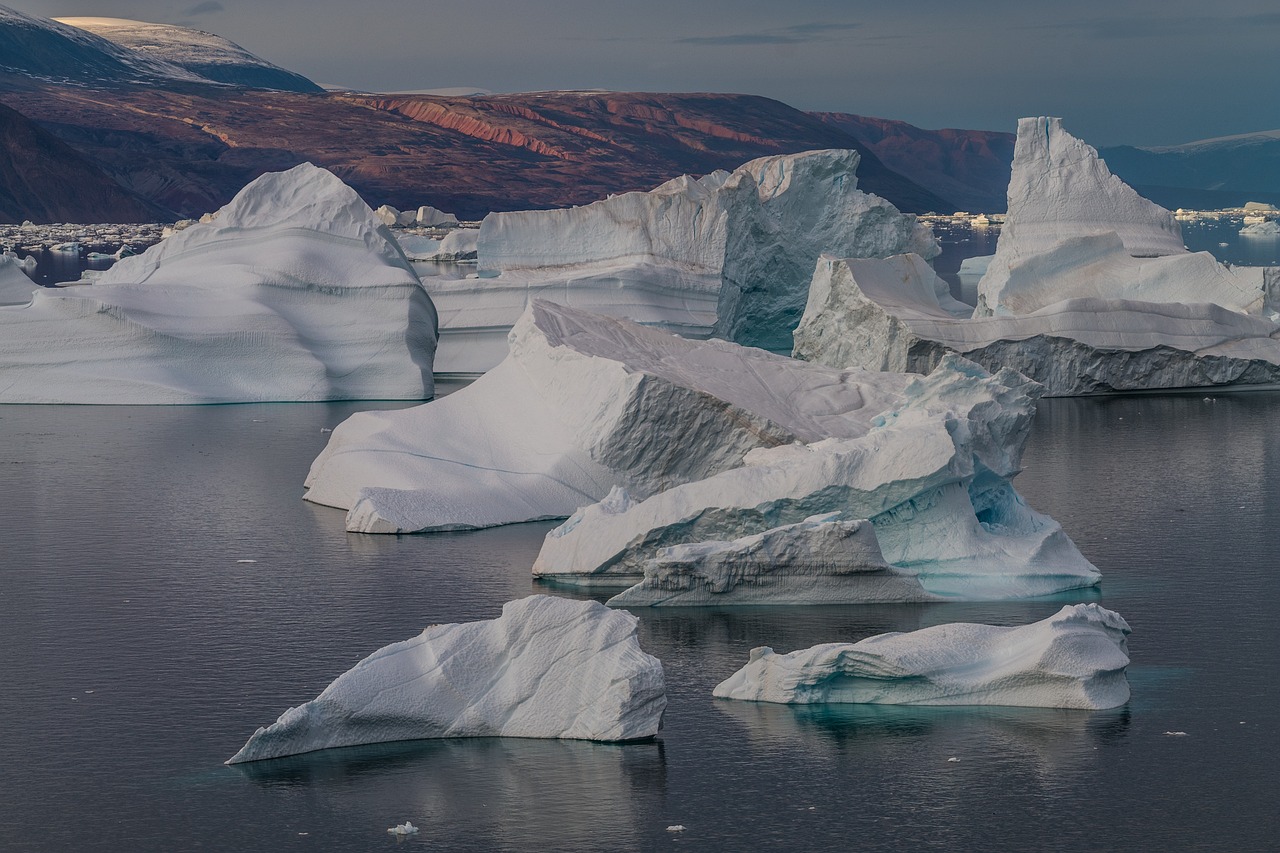How can a recent subsurface flood in Greenland be influenced by climate change? This is what a recent study published in Nature Geoscience hopes to address as a team of scientists investigated how subsurface meltwater bursting through the surface challenges longstanding climate models regarding the future of the Greenland ice sheet. This study has the potential to help researchers better understand the interaction between subsurface and surface processes and how to predict future conditions.
For the study, the researchers used satellite images to analyze how a 90-million-cubic-meter (3,178-million-cubic-foot) subsurface lake erupted over a 10-day period in the summer of 2014, producing a 2-square-kilometer (0.77-square-mile) crater on the surface ice. Additionally, the researchers discovered a region of fractured and uplifted blocks spanning 385,000 square meters (4,144 square feet) and 25 feet tall, respectively. The researchers concluded these events were the result of subsurface drainage.
“The existence of subglacial lakes beneath the Greenland Ice Sheet is still a relatively recent discovery, and – as our study shows – there is still much we don’t know about how they evolve and how they can impact on the ice sheet system,” said Dr. Jade Bowling, who completed this research during her PhD studies at Lancaster University and is lead author of the study. “Importantly, our work demonstrates the need to better understand how often they drain, and, critically, what the consequences are for the surrounding ice sheet.”
Studying Greenland and its massive ice sheet enables researchers to examine past processes with the goal of making more accurate predictions regarding future climate and processes, specifically with climate change continuing to ravage the planet with increased temperatures and carbon emissions.
What new discoveries involving Greenland’s ice sheet will researchers make in the coming years and decades? Only time will tell, and this is why we science!
As always, keep doing science & keep looking up!
Sources: Nature Geoscience, EurekAlert!
